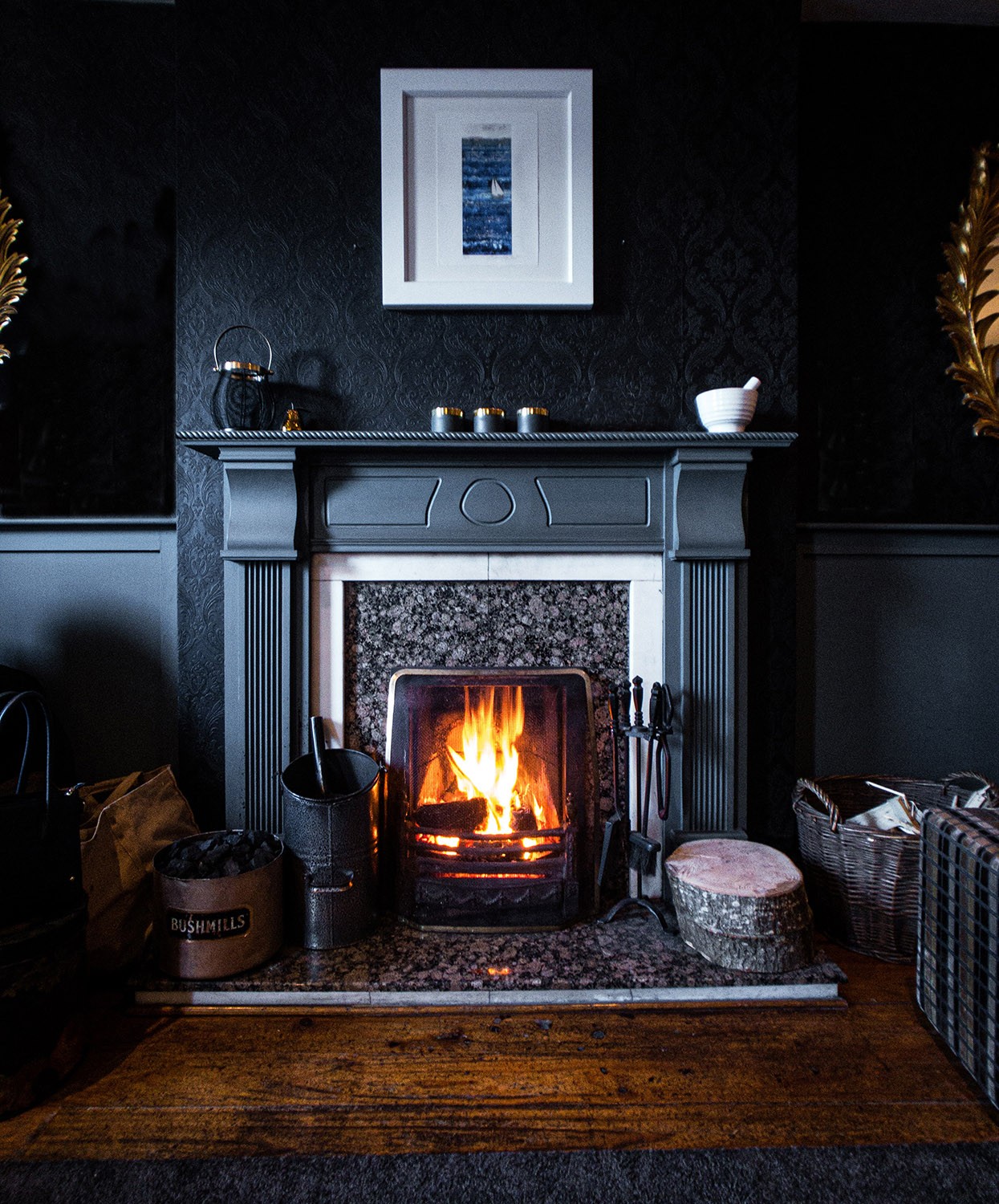Ensuring a safe and efficient fireplace in your home requires knowledge and adherence to essential preparation and maintenance steps.
Story by Ann Butneas
Embracing the comforting sound of a crackling fire during winter months is one of the simplest joys of the season. As the temperatures drop, it is paramount to ensure your fireplace is ready to warm your living space both safely and efficiently. Whether you prefer the traditional approach of wood-burning fireplaces or the modern convenience of gas, understanding your fireplace, conducting regular maintenance, and employing proper safety measures can more readily allow for a cozy, safe, and efficient winter warming solution. From unraveling the essentials of pre-winter preparation to discussing the nuances of effective maintenance, we sparked up a conversation with Tony Withers, owner of Fyreslayer in Olathe, Kansas, with some burning questions about your hearth’s winter readiness.
Preparing Your Fireplace for Winter: A Guide to Safe and Efficient Use
KCH&S: What are the essential steps for preparing a fireplace for safe and efficient use during the winter months?
Fyreslayer: To prepare a fireplace, whether wood-burning or gas-operated, it is important the chimney is clean and creosote build-up is minimized. For wood burners, use seasoned firewood with less than 20% moisture content. Gas fireplace users should decide between vented, ventless gas logs, or a direct vent insert, each offering different aesthetic and efficiency levels.
KCH&S: Can you share some insights on how to properly clean a fireplace and what homeowners should look for so it’s ready for use?
Fyreslayer: For wood-burning fireplaces, annual chimney cleaning is crucial to remove creosote and prevent chimney fires. For gas fireplaces, pilot lights should be cleaned out before the winter season. Regardless of type, ensuring the damper opens and closes properly and checking for a chimney cap to prevent debris and critter entry are essential.
KCH&S: How can homeowners know that their fireplace is operating efficiently to maximize heat output while minimizing any energy waste?
Fyreslayer: Efficiency in wood-burning fireplaces can be optimized with wood-burning inserts or stoves, and by burning dry, seasoned wood. For gas fireplaces, ventless or Vent-Free logs offer almost 100% efficiency, while Direct Vent Inserts, which burn behind sealed ceramic glass, offer between 60-80% efficiency, and additional features like fan systems are also helpful.
KCH&S: When using a wood-burning fireplace, what should I look for in the firewood I use?
Fyreslayer: Firewood should be seasoned wood with less than 20% moisture content in order to get a good burn. Ideally you would get your wood a year in advance so that it is dry enough for the wood burning season.
KCH&S: What safety measures should be prioritized when using a fireplace regularly in winter, and what tools or accessories would you recommend enhancing safety and ease of use?
Fyreslayer: Safety measures include using a fireplace door with tempered glass and integrated mesh to prevent sparks from escaping. Essential tools include items such as kindling, poker and tongs, and a shovel and brush for clean-up. For gas fireplaces, use specific fireplace glass cleaners to prevent etching and maintain visibility through the glass. Remember always to prioritize safety and consult a professional for annual checkups to maintain the optimal functionality of your fireplace and keep your home toasty throughout the colder months.









